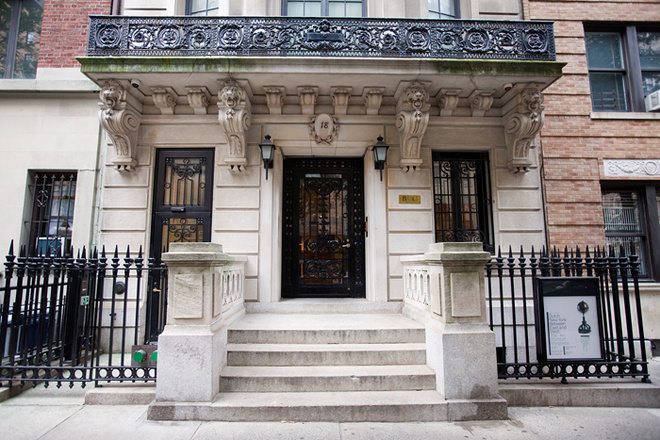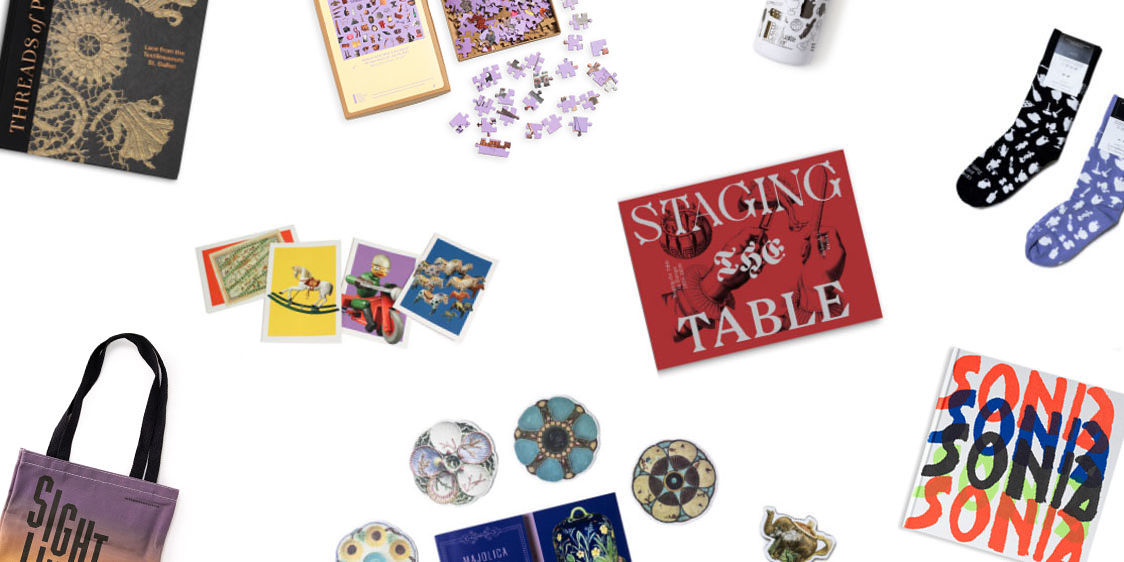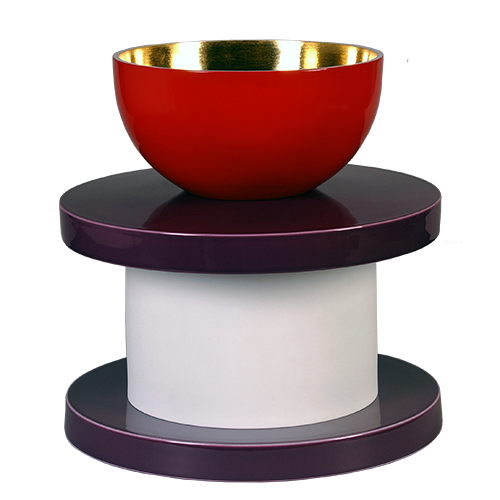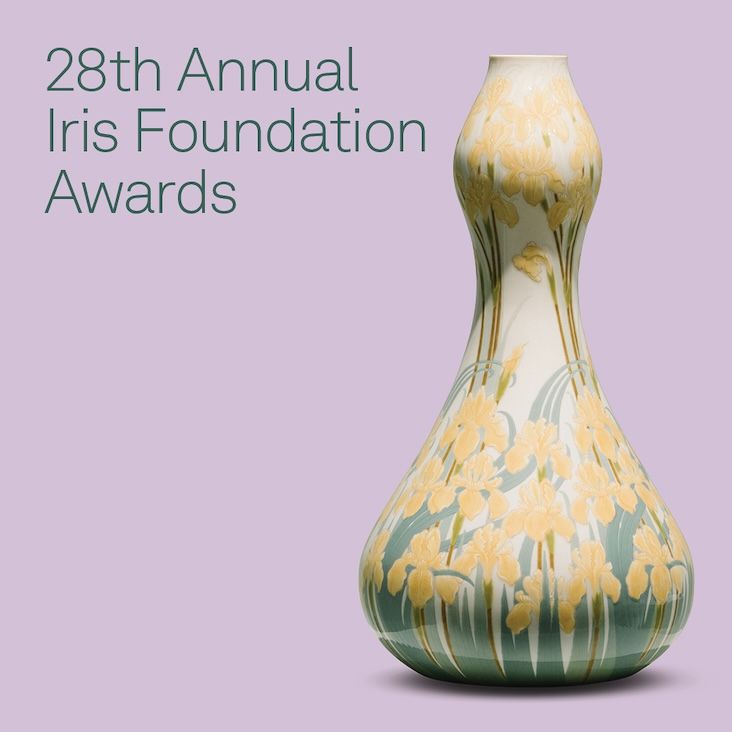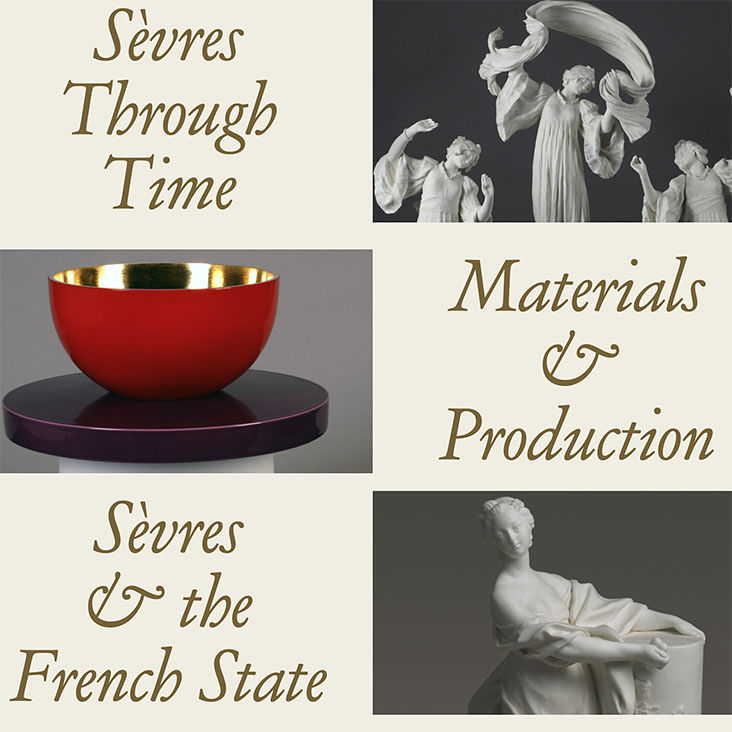The Bard Graduate Center hosted a symposium on April 28 and 29 entitled “Ex Voto: Votive Images Across Cultures.”
Interview with Ittai Weinryb
On April 28-29, BGC assistant professor, Ittai Weinryb, is
organizing a two-day international symposium “Ex Voto: Votive Images
Across Cultures” at the Bard Graduate Center. The symposium is the starting
point for a large exhibition that is scheduled to open at the BGC galleries in
January 2015
Another of his projects, “Images at
Work: Image and Efficacy from Antiquity to the Rise of Modernity,” a two-day
international symposium at the Max Planck Institute in Florence, which dealt
with image, magic, and efficacy, will appear as a special issue of W86th—the BGC’s new
journal. Among his forthcoming articles are one coming out in Word
& Image journal and another in the inaugural volume of Cultural
Histories of the Material World book series published by the BGC and
the University of Michigan Press.
Dr. Weinryb received his BA from
Tel Aviv University and MA and PhD degrees from Johns Hopkins University where
he was the recipient of the Adolf Katzenellenbogen Prize. He was also the
Robert and Nancy Hall Fellow at the Walters Art Museum, Baltimore, and Max
Planck Doctoral Fellow at the Kunsthistorisches Institut in Florence. In 2010,
he received the Kress-International Center of Medieval Art research award to
continue his work on the Bronze doors of medieval Italy.
What is the Ex Voto Symposium?
The phenomenon of humans leaving votive objects to a saint
or a deity can be found across histories, religions, and cultures: from archaic
Greece to our era, from the Himalayas to Brazil. Given as a token of gratitude
for a miracle performed or offered as a vow, the ex voto is the most basic and
fundamental form of material exchange between humans and their deities.
This symposium is one of the few
examples of trying to think about these objects and their relation to culture.
In many cases, when scholars study, for instance, shrines, they focus on
their architecture or the cult in which a deity is worshipped but they have not
traditionally studied the objects that people have left there, except to
decipher them as structures of exchange and uncover their religious
meanings.
In its most basic form, this is the
study of folk art— we are focusing on what people deposit in the shrine.
Interestingly, while votive objects are most often things that people make by
themselves and leave in the shrine as part of their relationship with the
deity, they also represent early examples of mass production. Objects
were produced and then personalized by the consumer with an inscription or by
the insertion of a personal object.
How did you get interested in this project?
As a medievalist traveling the churches of Europe I noticed
the shear amount of objects that people had left on the altars and continue to
leave up until the present day. Today, you may think of candles as
one example of this; however, across cultures people have left objects that
symbolize a head, or a torso, the hand, or the foot, in an attempt to heal a
budding physical problem, for instance. You can find representations of
infants, of breasts (for people with cancer), and eyes, which were, of course,
very important. I have many examples that are Christian. I also have
examples from Ancient Greece, as well as present-day South America and
Asia. People deposited masses and masses of objects on their
shrines. Some of these objects are beautiful works of art.
For instance, Nike of Samothrace, the famous sculpture in the
Louvre, was an ex voto object that was, we think, offered by Rhodian sailors to
a shrine in thanks for a naval victory.
Who are the people involved?
In the symposium , we have divided the question of the
votive objects into both geographical periods and historical regions.
Two scholars will talk about Greek and Roman cultures; two on Renaissance
Italy, two on the Germanic nations and northern Europe; and two on
Asia. One of these will talk about the Ema tablets in Shinto culture in
Japan, and the other, John Guy, of the Metropolitan, will talk about the
Buddhist votive tablet in Thailand. Two other scholars will focus on
South America. One of them, Clara Bargellini from Mexico City, will talk
about the ex voto and votive arts in the sixteenth- and seventeenth–century
colonialism of New Spain. As a special treat, Diane Fane of the Brooklyn
Museum of Art, will be talking about edible votive objects, which should be
most interesting. In addition, there will be a scholar talking about the
tradition of votive objects in Islamic culture. This scholar, Christiane
Gruber, was recently in Iran collecting material, so it will be a very fresh
presentation focusing on a lot of modern day activities relating to votive
objects in that country.
Finally, Kristin Hass will speak on
secular votives—things that we have learned, for instance, from the Vietnam
Memorial in Washington DC, 9/11 memorials, the Oklahoma City bombing memorials,
and even Lady Diana memorials. The symposium will uncover the question as to
why people do these things. What is interesting about votive giving is
its structural consistency. It is something that has existed since the
beginning of time to today, crossing cultures and religions. It is
something that is around us. It is not something that is celebrated in
art galleries nor mentioned in television specials. It is something that
is a part of daily existence. It is material culture in its
most down-to-earth folk-like aspect.
Where will this lead?
The symposium will also mark the launch of a bigger project
that will result in an exhibition centering on ex votos in the main exhibition
space of the BGC that is, for now, scheduled to open in 2015. This exhibition
will, we hope, draw its material from private collections as well as from major
museum collections in Europe.
Both the symposium and the exhibition will bring together a
new appreciation for ex votos within the context of material culture and, we
hope, promote the comparative study of material culture.
